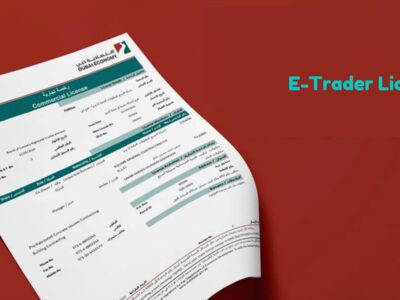The monetary policy involves the management of the supply of money and interest rates. Central banks do this job. However, while the necessity for an appropriate monetary policy at any given time is not up for debate, there exist some downsides to it too.
Here are the most important pros of monetary policy, with their corresponding risks that you should know about to better understand the subject.
Advantage: Controlling Inflation
A small amount of inflation is healthy for the growing economy because it guarantees investment in the future and lets workers expect higher wages. And the central bank’s interest rate targeting lets them control inflation.
Inflation takes place when the overall price of the services and goods produced by the economy increases.
When the central bank increases the target interest rate, investment becomes more expensive. And as a result, it enables the economy to slow down a bit.
Disadvantage: Hyperinflation
However, when the interest rates are set too low, the artificially cheap rates can lead to overborrowing.
This can then lead to a speculative bubble, in which prices rise too quickly and reach incredibly high levels.
Funneling more money into the economy can also increase the risks of hyperinflation because of the law of supply and demand.
That is, if there is more money in circulation, the value of the money becomes less since the demand level is the same. As a result, the goods denominated in that money becomes more expensive.
Advantage: Easy Implementation
Central banks like the US Federal Reserve can act quickly when using monetary policy tools. More often than not, they can simply hint or signal their intentions to the market. That action can already yield results.
Disadvantage: Effects can be Delayed
However, even if the bank implements the monetary policy quickly, the macro effects of monetary policy in general are seen after some time has already passed. The effects of the policy on an economy may take months or years to be seen.
For some economy experts, money-funneling is “merely a veil” that, although it serves the economy in the short term, doesn’t have any long-term effect except for increasing the level of prices.
Advantage: Weak Currencies mean Strong Exports
Increasing the money supply or lowering interest rates usually weaken the local currency. As a result, the weak currency serves to boost exports as these products become effectively less expensive for foreign consumers.
The opposite effect happens to the companies that mainly import products since the weak local currency hurts their bottom line.
Disadvantage: Tools Affect the Entire Economy
Monetary policy tools like interest rate levels have effects that impact the whole economy. They also usually do not account for the fact that some areas in the country might not need the stimulus, while some areas may be needing the stimulus even more.
At the same time, the tools are also general in the way that the monetary tools cannot be directed to solve a specific problem or boost a particular industry or region.














Comments